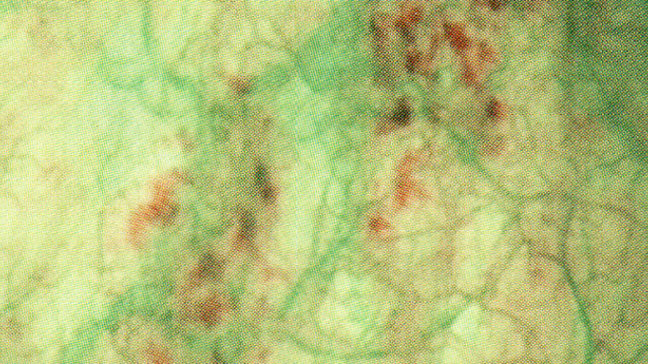
Cystoscopy
Applications of Cystoscopy
Cystoscopy is used for various urological issues, including:
- Diagnosis of bladder diseases: Detection of tumors, inflammations, or stones in the bladder.
- Clarification of urinary tract infections: In cases of recurrent infections, cystoscopy can help identify anatomical anomalies or other causes.
- Examination for blood in urine (hematuria): To determine the source of bleeding and possible causes.
- Assessment of urinary flow disorders: Identification of narrowings or obstructions in the urethra or bladder.
Advantages of cystoscopy
- Direct visualization: Allows for an accurate assessment of the internal structures of the urinary tract.
- Targeted diagnostics: Helps in the precise diagnosis of conditions that cannot be clearly identified with imaging techniques alone.
- Therapeutic possibilities: During cystoscopy, minor procedures such as the removal of bladder stones or the collection of tissue samples can be performed.
Conducting the cystoscopy
The cystoscopy is usually performed on an outpatient basis and only takes a few minutes. After thoroughly disinfecting the urethral opening, a lubricating gel with local anesthesia is applied to make the procedure as comfortable as possible. The cystoscope is then carefully inserted through the urethra into the bladder. During the examination, the bladder may be filled with sterile fluid to better assess the bladder walls.
After the examination.
As a rule, patients can resume their normal activities immediately after the procedure. It is recommended to drink plenty of fluids in the following 24 hours to flush the urinary tract. If unusual symptoms occur, it is advisable to consult the treating physician.
Cystoscopy is a safe and effective procedure that provides valuable insights into the condition of the lower urinary tract and thus plays a crucial role in urological diagnostics and therapy.
![[Translate to English:]](/fileadmin/_processed_/1/d/csm_UZ-Logo-2024-breit-aK-1500px-white-red_4b49b8d28c.png)


